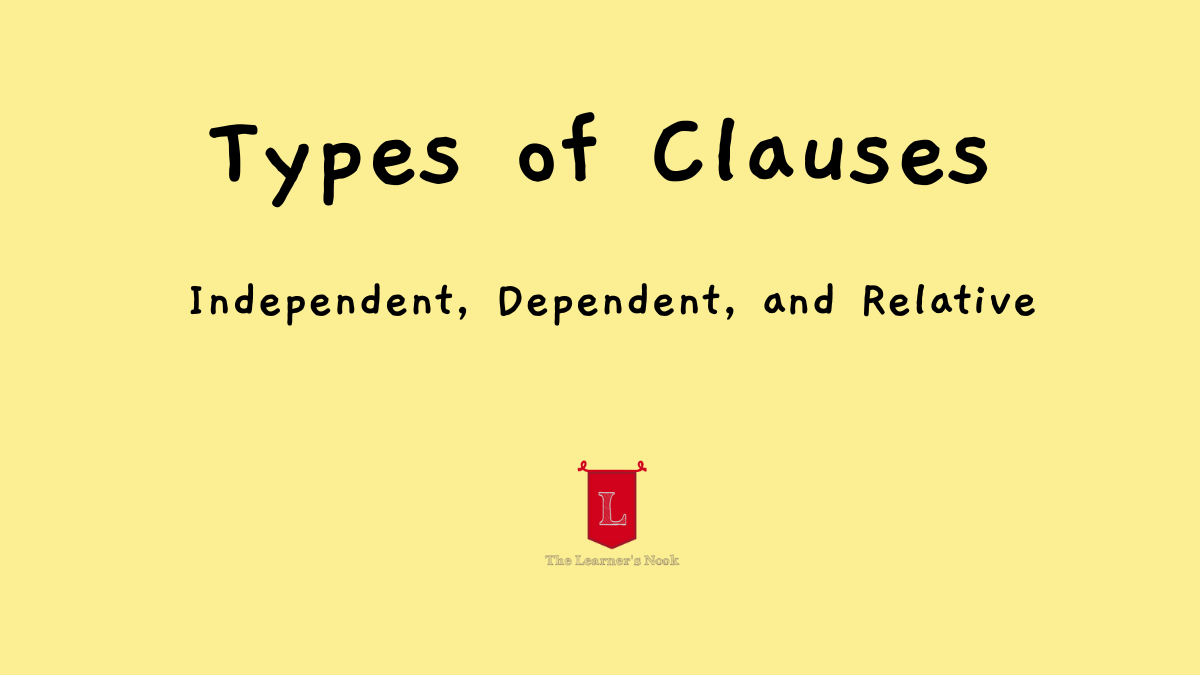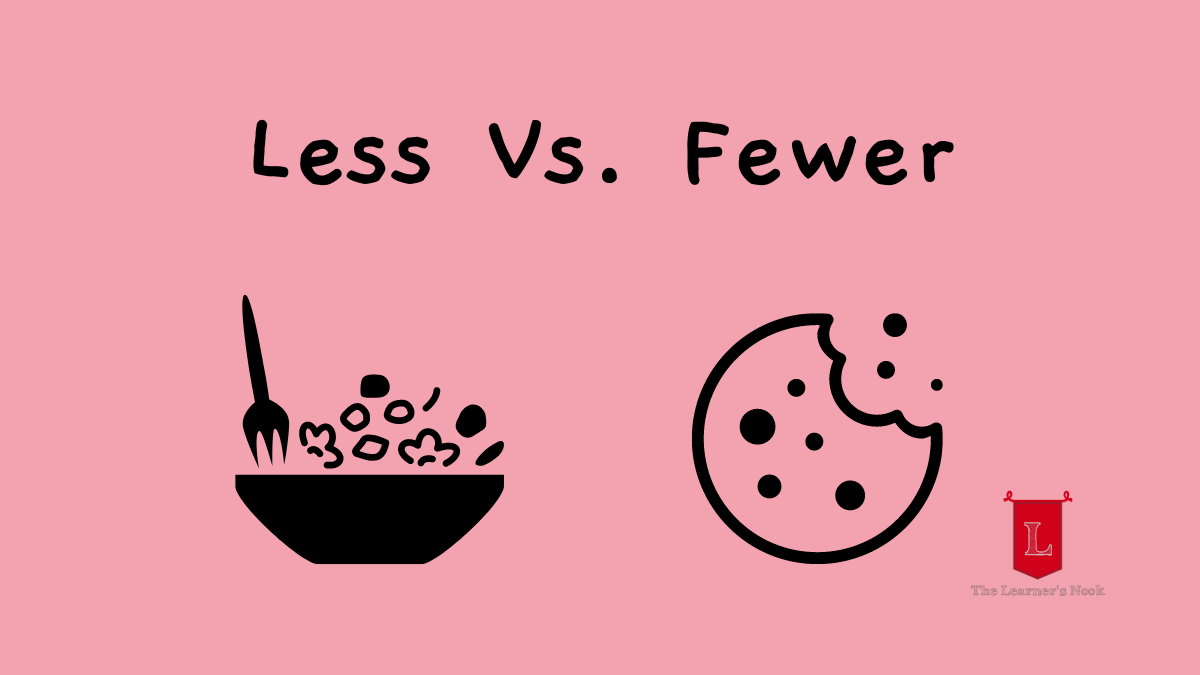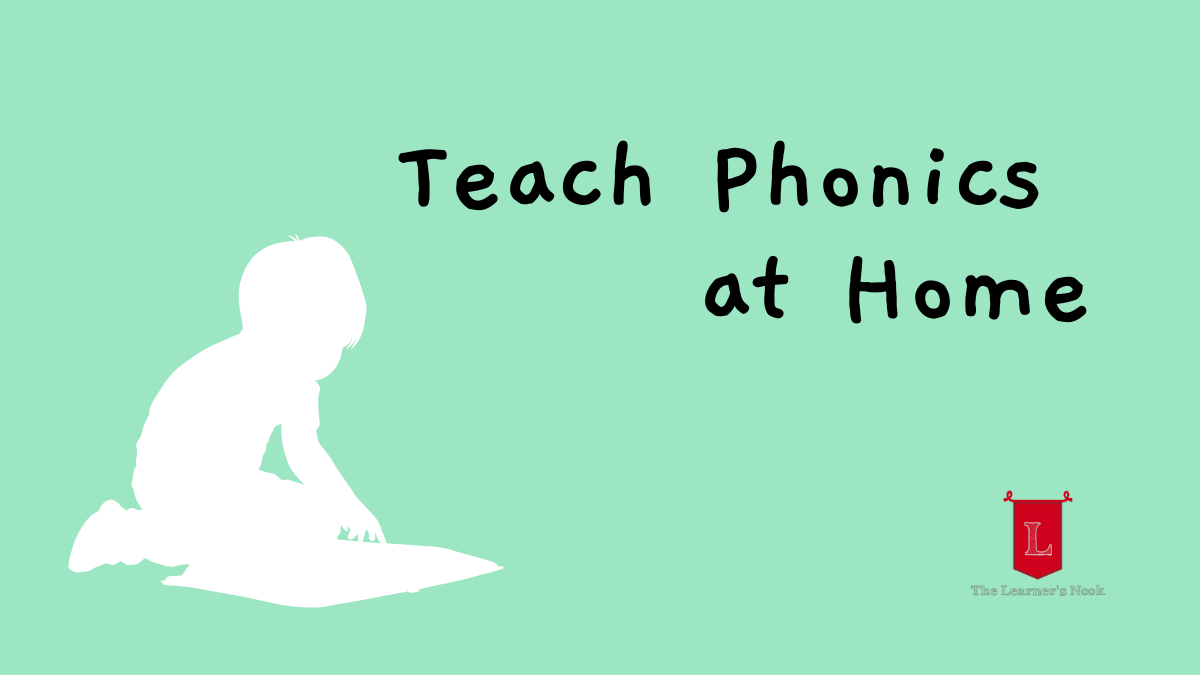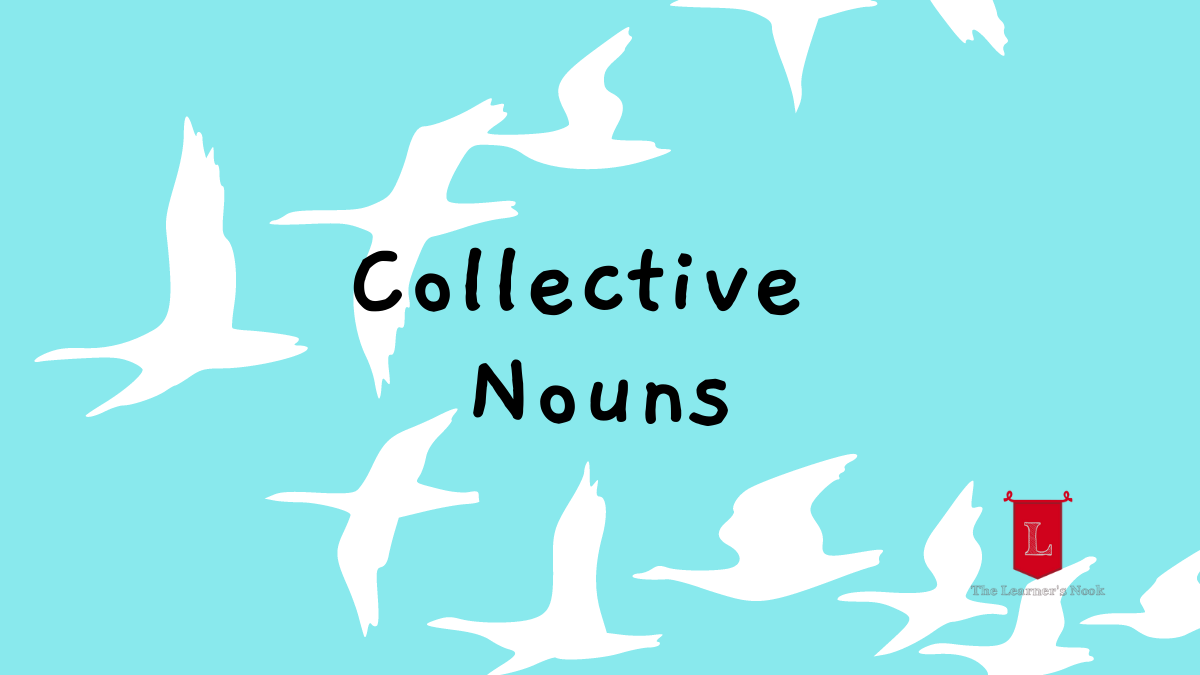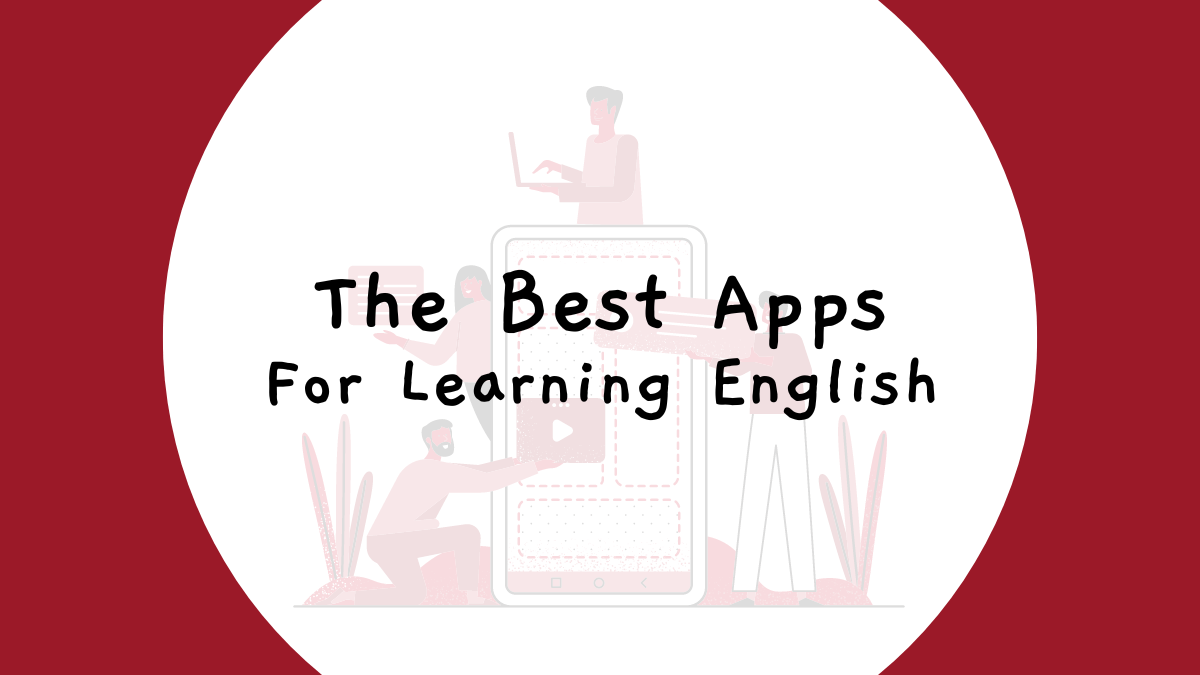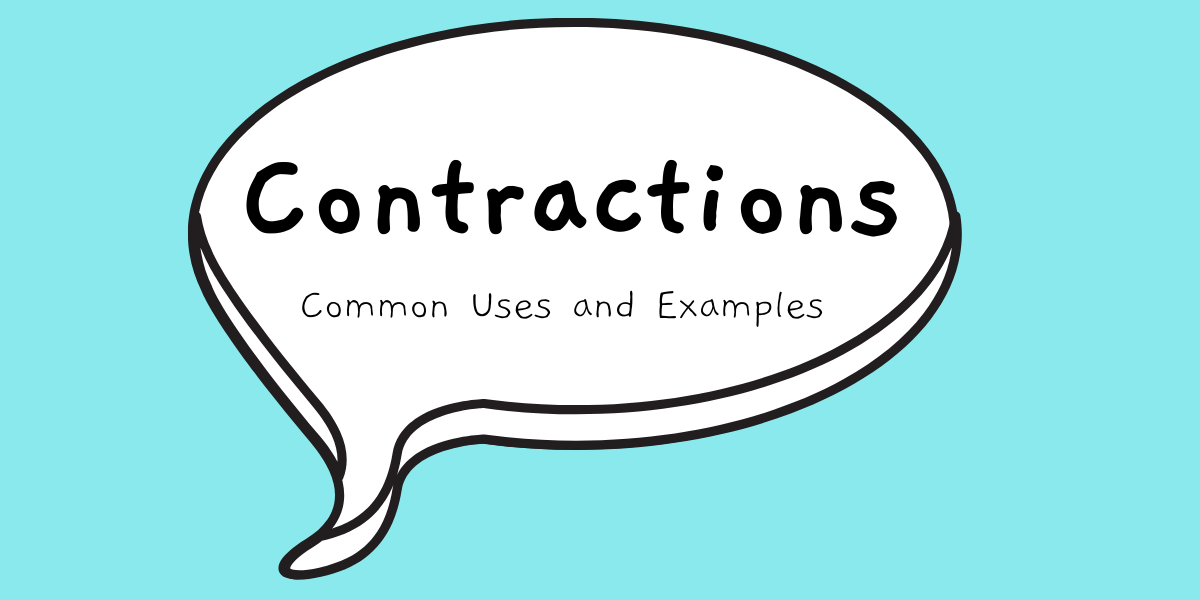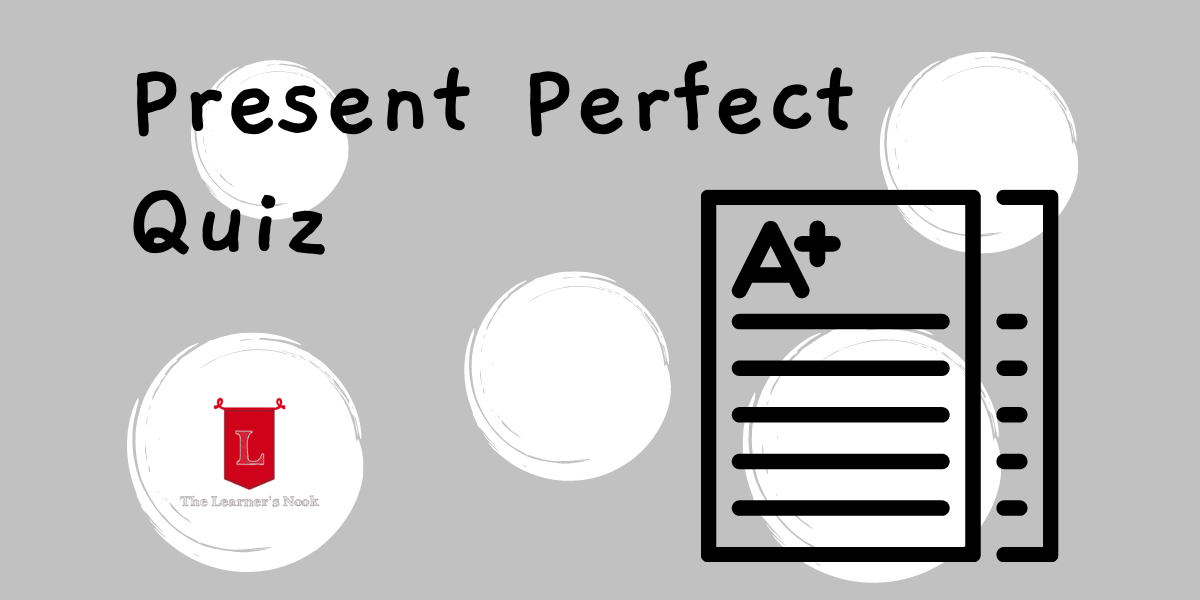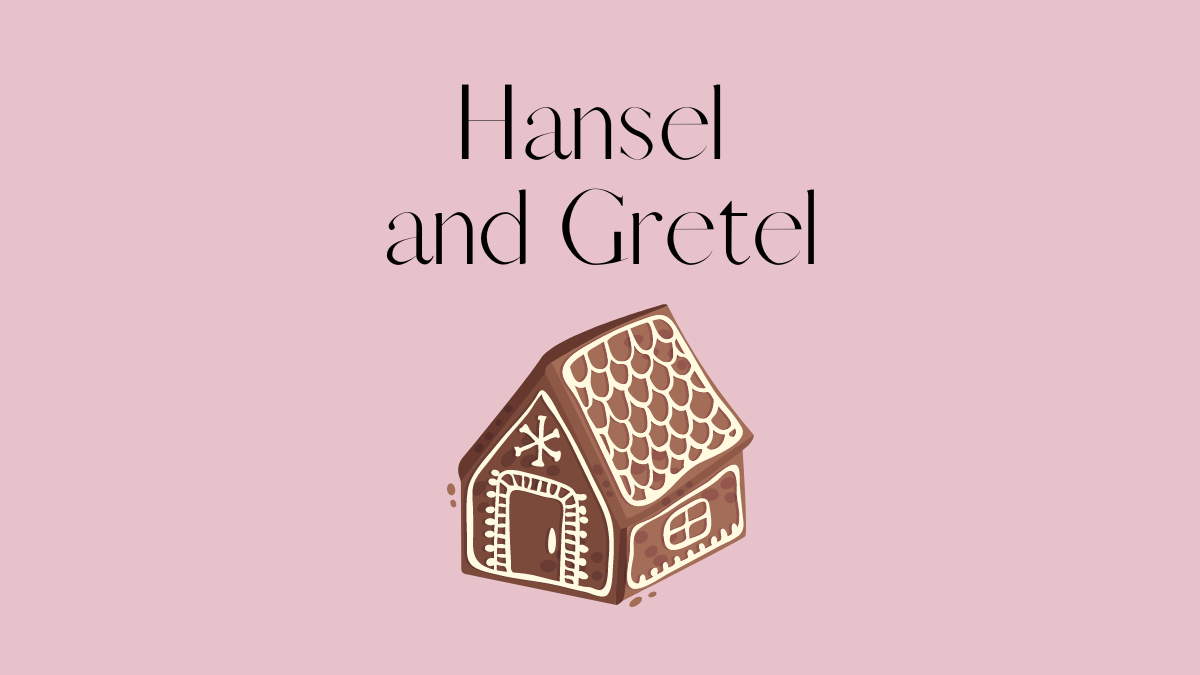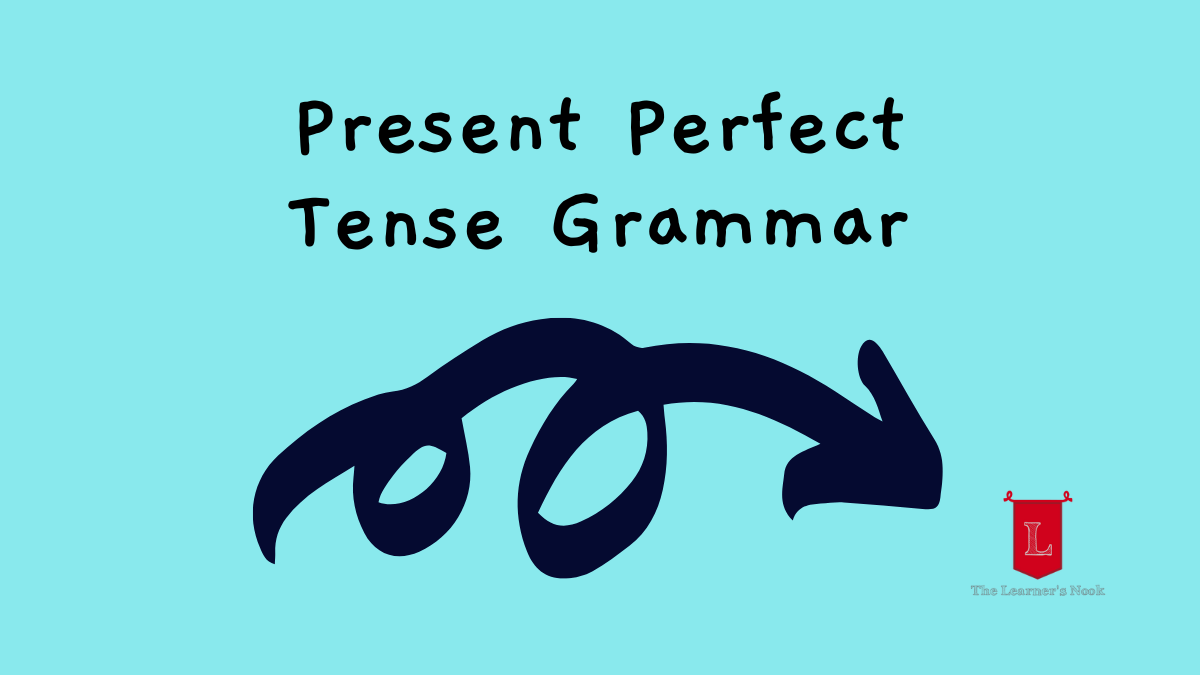Understanding sentences in English often means breaking them down into smaller parts called clauses. Think of clauses as the building blocks of a sentence. But here’s the tricky part: there are different types of these building blocks.
- Independent Clauses
- Dependent Clauses
- Relative Clauses
Now, if you’re scratching your head wondering, “What are these?” you’re not alone. Many people learning English mix them up or aren’t sure how to use them. In this article, we’ll explore each type of clause, look at examples, and by the end, you’ll have a clearer picture of how they all fit together.
And yes, at the end, we’ve got a quiz for you! It’s a fun way to test your understanding of independent, dependent, and relative clauses. Ready to dive in?
What is an Independent Clause?
An independent clause is like a main character in a story; it can stand on its own and doesn’t need anyone else to make sense. In grammar terms, it’s a group of words with a subject and a verb expressing complete thought.
Let’s break it down:
- Subject: Who or what the sentence is about. It can be a person, a thing, or even an idea. For example, in the sentence “Jane reads,” “Jane” is the subject.
- Verb: This is the action or state of being. In “Jane reads,” the action is “reads.”
When you put a subject and a verb together, and they can stand alone as a sentence, you have an independent clause!
Here are some more examples of independent clauses:
1. Tom plays football.
- Subject: Tom
- Verb: plays
2. Birds chirp.
- Subject: Birds
- Verb: chirp
3. The sky is blue.
- Subject: The sky
- Verb: is
One thing to remember is that an independent clause doesn’t always have to be short. It can be lengthy, too, but the key is that it gives a full idea on its own.
For example: The afternoon turned out to be warm and sunny.
Here, even though the clause is longer, it still provides a complete thought, making it independent.
10 Independent Clause Examples
Here are some more examples of what an independent clause might look like.
1. She dances every evening after school.
2. My brother enjoys reading science fiction novels.
3. The cat sat on the windowsill.
4. I love going to the beach.
5. Many students from different countries study at the university.
6. The concert was canceled due to heavy rain.
7. They watched a movie.
8. Grandmother baked her famous apple pie for the family reunion.
9. The museum displays artifacts from ancient civilizations.
10. He played the piano brilliantly at last night’s concert.
Each of these clauses provides a complete idea and can stand alone as a sentence. They have a clear subject and a verb, making them easy to understand and visualize.
Semicolon Usage in Independent Clauses
Sometimes, we can use a special punctuation mark, the semicolon (;), to join an independent clause with another independent clause.
Example:
I wanted to buy a guitar; however, I didn’t have enough money.
In this case, both clauses are dependent clauses. We use a semicolon here because it is actually improper to connect two independent clauses with a comma. This would be considered a comma splice, a common error made by both native and non-native speakers.
What is a Dependent Clause?
Imagine a baby koala clinging to its mother. A dependent clause is like that baby koala. It can’t stand alone. It needs another clause to make sense. For instance:
- because I was tired
- if you come early
These clauses are important for context, but on their own, they don’t have enough information to make a complete sentence.
10 Dependent Clause Examples
Here are some more examples of what a dependent clause might look like. The dependent clause will be bolded in each example.
- She often feels exhausted, even though she gets plenty of rest.
- Since my brother enjoys reading science fiction novels, he has a vast collection at home.
- While the cat sat on the windowsill, it watched the birds outside.
- Because I love going to the beach, I plan vacations near the coast.
- Since many students from different countries study at the university, the campus has a diverse cultural atmosphere.
- The concert was canceled because of bad weather.
- After they watched a movie, they discussed their favorite scenes.
- For the family reunion, Grandmother baked her famous apple pie.
- The museum displays artifacts, but not on Sundays.
- At last night’s concert, he played the piano brilliantly.
How to Identify a Dependent Clause
Identifying a dependent clause is essential for understanding sentence structure and meaning in English grammar. Here are some tips to help you recognize them:
1. Look for Subordinating Conjunctions: Dependent clauses often begin with subordinating conjunctions such as “although,” “because,” “since,” “while,” “when,” and “if.” These words signal that the clause is dependent and needs an independent clause to make sense.
2. Check for Relative Pronouns: Dependent clauses can also start with relative pronouns like “who,” “which,” “whose,” and “that.” These pronouns indicate a relationship between the dependent clause and the rest of the sentence.
3. Incomplete Thoughts: Dependent clauses usually present incomplete thoughts or ideas. They raise questions or provide additional information that the independent clause answers.
4. Test for Independence: Try to make the clause into a standalone sentence. If it doesn’t make sense on its own or leaves you with unanswered questions, it’s likely a dependent clause.
5. Understand Purpose: Consider the purpose of the clause. Dependent clauses are often used to provide context, add details, show cause and effect, or express conditions.
By keeping these tips in mind, you’ll become more adept at identifying dependent clauses in sentences, which will help you analyze and comprehend complex writing more effectively.
What are Relative Clauses?
Relative clauses, also known as adjective clauses, are essential components of English grammar that provide additional information about a noun in a sentence. These clauses frequently serve to:
- Describe people (“The woman who won the award is talented.”)
- Identify objects (“The car that I bought last week is red.”)
- Specify places and times (“This is the restaurant where we met last summer.”)
Structure of Relative Clauses
Relative clauses begin with a relative pronoun (such as “who,” “whom,” “whose,” “which,” or “that”) or a relative adverb (typically “where” or “when”). These words introduce the clause and establish a connection between the clause and the noun it modifies.
It’s crucial to use appropriate punctuation and position relative clauses correctly within a sentence. Defining relative clauses are typically not set off by commas, while non-defining relative clauses are enclosed by commas.
Functions of Relative Clauses
1. Defining Relative Clauses: These clauses provide essential information about the noun and cannot be omitted without altering the sentence’s meaning. For example, “The book that is on the shelf is mine.” Here, the relative clause “that is on the shelf” defines which book is being referred to.
2. Non-Defining Relative Clauses: These clauses offer additional, non-essential information about the noun. They are separated by commas and can be removed without changing the core meaning of the sentence. For instance, “My brother, who is a doctor, lives in London.” The clause “who is a doctor” provides extra detail but doesn’t define which brother is being discussed.
10 Relative Clause Examples
Here are ten examples that showcase the versatility of relative clauses:
1. Defining Relative Clause with “Who”: “The student who scored the highest on the test received a special award.” In this sentence, “who scored the highest on the test” defines which student is being referred to.
2. Defining Relative Clause with “Who”: “The man who lost his shoe needs to come to the counter.” Here, “who lost his shoe” specifies the particular man.
3. Defining Relative Clause with “That”: “The dog that barks loudly lives next door.” “That barks loudly” identifies the specific dog.
4. Defining Relative Clause with “Whose”: “The man whose hair is blue is my uncle.” “whose hair is blue” provides information about the man.
5. Non-Defining Relative Clause with “Who”: “My cousin, who lives in Paris, is coming to visit.” The clause “who lives in Paris” adds extra information about your cousin.
6. Non-Defining Relative Clause with “Which”: “My car, which is a convertible, is perfect for sunny days.” “Which is a convertible” provides additional details about your car.
7. Non-Defining Relative Clause with “Which”: “The mountain, which is famous for its breathtaking views, attracts hikers.” The clause “that is famous for its breathtaking views” gives more information about the mountain.
8. Non-Defining Relative Clause with “Whose”: “Our new neighbor, whose daughter is a pianist, is very friendly.” “Whose daughter is a pianist” provides insight into your neighbor’s family.
9. Relative Clause with “When” (Defining): “The day when we met changed my life forever.” “When we met” specifies the particular day.
10. Relative Clause with “Where” (Defining): “The city where I grew up is known for its historic landmarks.” “Where I grew up” tells us about the city’s location.
Independent vs. Dependent Clause Quiz
Here’s a 20-question quiz on independent and dependent clauses, divided into two sections with ten questions each. The answer key will follow both sections.
Section 1: Independent Clauses
Which of the following is an independent clause?
- a) She decided to take a nap.
- b) Because she was tired.
- a) Although it rained all day.
b) They had a great time at the beach.
- a) When the teacher arrived.
b) The students greeted the teacher enthusiastically.
- a) They celebrated their victory.
- b) After the game was over.
- a) Until he finishes his work.
b) He is going to the library to study.
- a) While waiting for the bus.
b) She read a book.
- a) He completed his homework.
- b) Before going to bed.
- a) Since it’s snowing heavily.
b) They built a snowman in the yard.
- a) After the concert.
b) They sang their favorite songs.
- a) They stayed indoors for safety.
b) During the storm.
Section 2: Dependent Clauses
What is the dependent clause in each sentence?
11. “Although it was cold outside, they went for a walk.”
12. “I will come over if you want me to.”
13. “When the bell rings, the students will leave.”
14. “They were able to pass the test because she studied hard.”
15. “Since it’s snowing, I’ll stay at home.”
16. “I’ll choose the pie, the one with the apples on top.”
17. “The movie, which won several awards, was a blockbuster.”
18. “Although he tried his best, it was never good enough.”
19. “After finishing her chores, she went to the park.”
20. “Because they were late, they had to do extra chores.”
Answer Key
Section 1: Independent Clauses
- A
- B
- B
- A
- B
- B
- A
- B
- B
- A
Section 2: Dependent Clauses
11. “Although it was cold outside, they went for a walk.”
12. “I will come over if you want me to.”
13. “When the bell rings, the students will leave.”
14. “They were able to pass the test because she studied hard.”
15. “Since it’s snowing, I’ll stay at home.”
16. “I’ll choose the pie, the one with the apples on top.”
17. “The movie, which won several awards, was a blockbuster.”
18. “Although he tried his best, it was never good enough.”
19. “After finishing her chores, she went to the park.”
20. “Because they were late, they had to do extra chores.”
